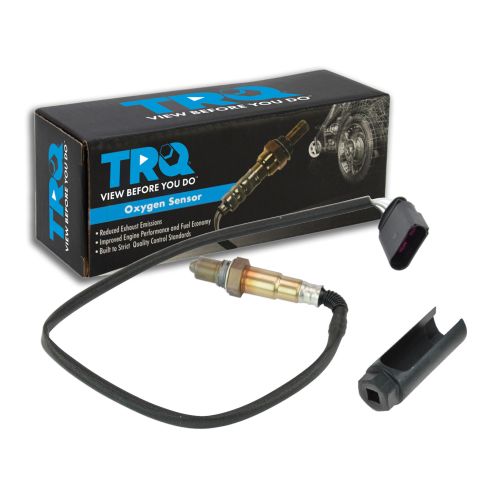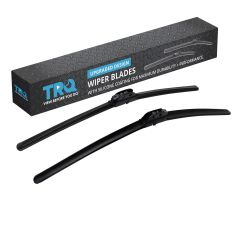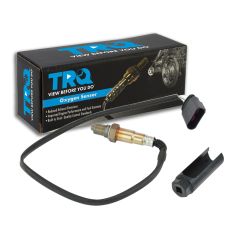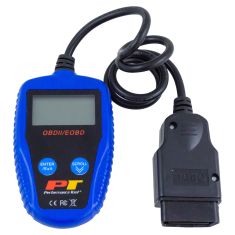1AEEK00688-VW Beetle Golf Jetta Touareg O2 Oxygen Sensor TRQ OSA61666



Replaces
2001 VW Jetta L4 1.8L Engine Designation AWD Downstream Bank 1 Sensor 2 O2 Oxygen Sensor TRQ OSA61666


Recommended for your 2001 Volkswagen Jetta
Frequently bought together
Product Reviews
Loading reviews
Customer Q&A
No questions have been asked about this item.
Volkswagen is a registered trademark of Volkswagen AG. 1A Auto is not affiliated with or sponsored by Volkswagen or Volkswagen AG.
See all trademarks.












